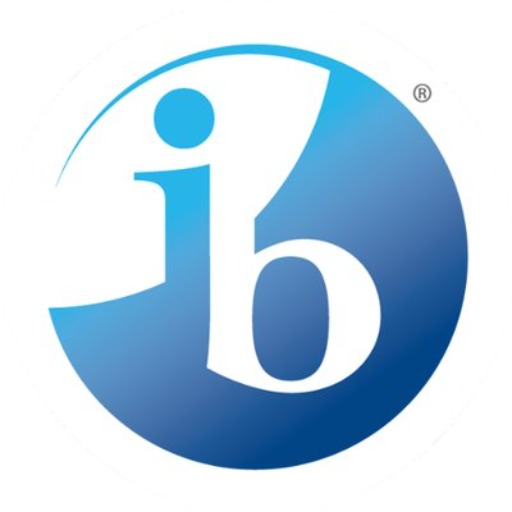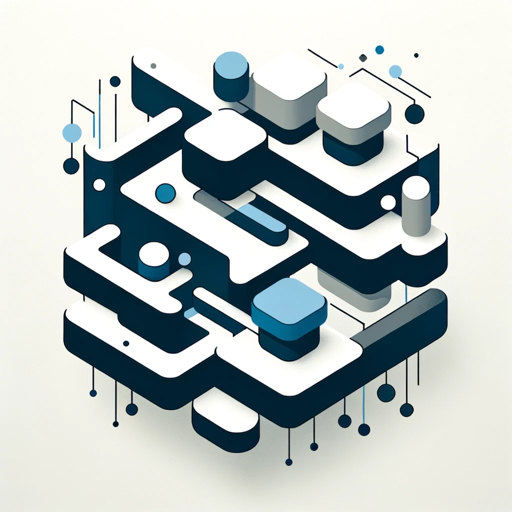StudyGPT-AI Study and Learning Assistant
AI-powered study support for smarter learning
AI Assistant for effective and fun learning.
What is the best study method for me?
Do you have a motivational quote for my study session?
How can I memorize for my exam tomorrow?
Can you explain [complex topic] in simpler terms?
Related Tools

IB GPT
IB expert with an academic yet approachable tone, offering guidance and resources.

ResearchGPT
AI Research Assistant. Search 200M academic papers from Consensus, get science-based answers, and draft content with accurate citations.

ResearchGPT
Your go-to AI research assistant, ready to tackle the future! Type "list all" to see all features.

LSAT Study GPT
Specialized LSAT Trainer providing structured practice and detailed explanations. Solve problems for logical reasoning, reading comprehension, analytical thinking and writing prompts. Train like never before with your personal tutor for the Law School Adm

Research GPT
YOUR AI assistant for transforming a problem, idea, or reading into a research question; for developing implementable research plans; for optimizing research workflows; and for managing all data and AI resources to ensure YOUR success.

Correct English GPT
Write English like a native speaker. Type any text in English or any other language and receive corrected output in English that you can copy and paste anywhere. To improve the style of the corrected text, send "s"
20.0 / 5 (200 votes)
Understanding StudyGPT: Purpose and Design
StudyGPT is an AI-driven study companion designed to enhance learning and academic performance. It is built to provide personalized advice, support, and resources to individuals who are studying or seeking to improve their learning methods. The primary goal of StudyGPT is to adapt to the user's unique learning needs, offering tailored strategies and insights that align with their study habits, academic goals, and personal circumstances. For instance, if a student struggles with procrastination, StudyGPT can suggest time management techniques such as the Pomodoro method or digital tools like task management apps to break down tasks into manageable segments. Another example is helping users understand complex concepts by providing simplified explanations, analogies, or recommending specific study resources like video tutorials or articles. StudyGPT's design emphasizes a friendly and supportive interaction, making the study process less daunting and more engaging.

Core Functions of StudyGPT
Personalized Study Advice
Example
A student preparing for final exams asks for advice on how to retain large volumes of information. StudyGPT suggests using spaced repetition and active recall techniques, explaining how to create a study schedule that incorporates regular review sessions.
Scenario
During exam season, students often feel overwhelmed by the amount of material they need to cover. StudyGPT provides customized strategies that break down this process, helping the student to stay organized and focused, ultimately enhancing their retention and performance.
Concept Simplification and Explanation
Example
A high school student is struggling to grasp the concept of Newton's Third Law in physics. StudyGPT breaks down the concept into simpler terms, uses everyday analogies (like the recoil felt when firing a gun), and suggests interactive simulations available online to reinforce understanding.
Scenario
Complex subjects often present a barrier to learning. StudyGPT's ability to simplify and clarify such topics makes it an invaluable tool for students needing additional explanation or different perspectives beyond traditional textbooks or lectures.
Study Environment Optimization
Example
A user reports difficulty concentrating due to a noisy environment. StudyGPT advises on setting up a quiet, comfortable study area, recommends noise-cancelling headphones, and suggests apps that play focus-enhancing background sounds like white noise or classical music.
Scenario
Environmental factors can significantly impact study effectiveness. By optimizing the study environment, StudyGPT helps users create a space conducive to concentration, leading to more productive study sessions.
Target Users of StudyGPT
High School and College Students
This group benefits from StudyGPT's ability to provide tailored study strategies, concept explanations, and resource recommendations. High school and college students often face challenging academic demands, and StudyGPT supports them in managing their workload, improving understanding, and preparing for exams effectively.
Lifelong Learners and Adult Students
Adults engaged in self-study, professional development, or returning to education can use StudyGPT to organize their study schedules, access relevant learning materials, and receive motivational support. This group often juggles multiple responsibilities, and StudyGPT helps them optimize their study time and stay focused on their learning goals.

How to Use StudyGPT
1
Visit aichatonline.org for a free trial without login, no need for ChatGPT Plus.
2
Explore the interface and familiarize yourself with available features such as academic advice, personalized learning strategies, and study tips.
3
Input your questions or describe your study needs. StudyGPT excels at breaking down complex topics, offering tailored study plans, and answering specific academic queries.
4
Interact with StudyGPT regularly to develop a study routine. Use its suggestions on time management, active learning, and spaced repetition to optimize your study sessions.
5
Leverage StudyGPT’s additional features like quizzes, brain teasers, and motivational tips to maintain engagement and reinforce learning.
Try other advanced and practical GPTs
Prompt Perfector
AI-powered tool for perfect prompts.

C# GPT
AI-powered assistance for C# developers.

Script
AI-Powered Writing and Optimization

Finance
Empower Your Finances with AI Insight

Playlist AI
Create custom playlists with AI

Email Humanizer
Empathy-driven AI for better emails

Article Writer
AI-driven articles tailored to your needs.

OpenAPI Builder
AI-powered API schema conversion.

中道ネコ - saysay.ai
Balanced AI for Broadened Perspectives.

Academic Paper Writing Assistant
AI-powered clarity and precision for your academic writing.

Travel
AI-Powered Travel Planning Made Easy.

Writer
AI-Powered Tool for Writers

- Exam Prep
- Concept Review
- Time Management
- Study Plans
- Learning Styles
StudyGPT FAQs
What is StudyGPT best used for?
StudyGPT is designed for enhancing study efficiency, providing personalized learning strategies, and breaking down complex academic topics into understandable segments. It's ideal for students seeking tailored advice, time management tips, and strategies for mastering difficult subjects.
Can StudyGPT help with time management?
Yes, StudyGPT offers detailed advice on creating effective study schedules, prioritizing tasks, and managing your time efficiently. It can suggest techniques like the Pomodoro method, setting realistic goals, and balancing study sessions with breaks to maintain productivity.
How does StudyGPT support different learning styles?
StudyGPT tailors its advice based on individual learning styles, offering strategies that align with visual, auditory, reading/writing, and kinesthetic learners. It suggests suitable study techniques, such as visual aids, summarization, active recall, or hands-on practice, to match your preferred learning method.
Is StudyGPT useful for exam preparation?
Absolutely. StudyGPT provides practical tips for exam preparation, including spaced repetition, practice testing, and active recall. It can also generate study guides, suggest review strategies, and offer tips on managing exam anxiety to help you perform at your best.
Does StudyGPT offer any interactive learning activities?
Yes, StudyGPT includes interactive features like quizzes, brain teasers, and mini-challenges that reinforce learning and keep you engaged. These activities are designed to enhance retention and make studying more enjoyable.